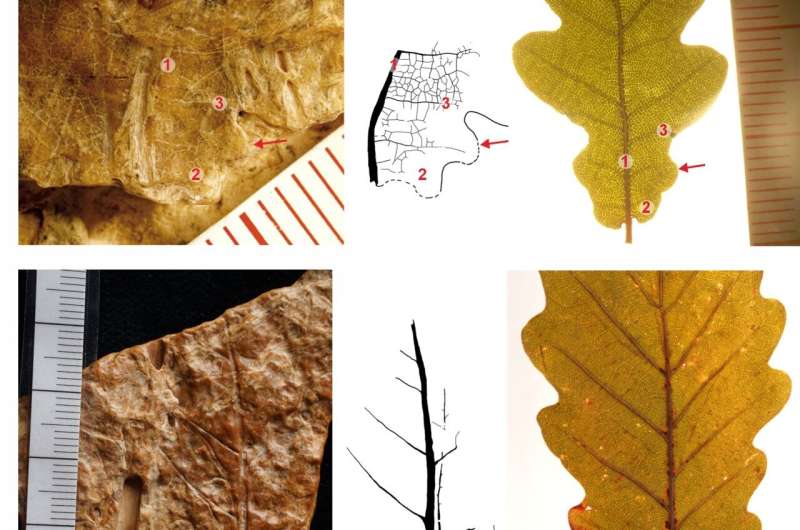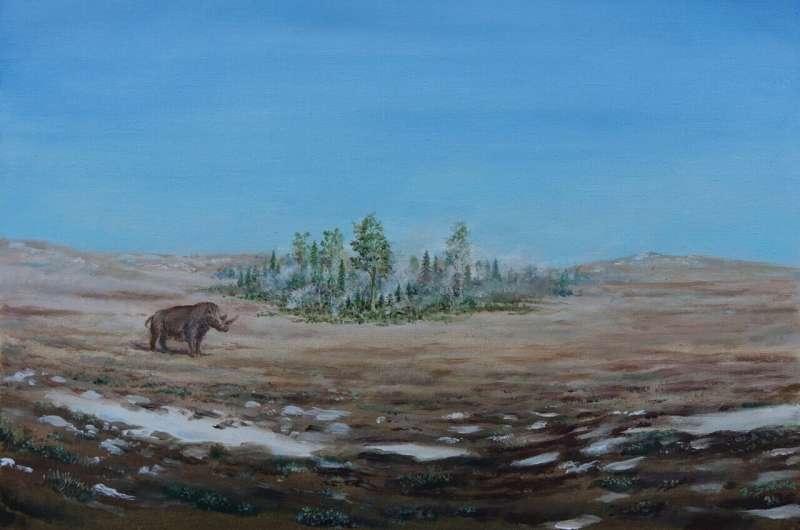June 3, 2024 report
This article has been reviewed according to Science X's editorial process and policies. Editors have highlighted the following attributes while ensuring the content's credibility:
fact-checked
peer-reviewed publication
trusted source
proofread
Scientists find evidence of hot spring oasis during last ice age in central Europe

A multi-institutional team of plant specialists, microbiologists and paleontologists in the Czech Republic and the University of Minnesota, in the U.S., has found evidence of a hot spring oasis during the last ice age in a part of central Europe.
In their study, reported in the journal Science Advances, the group found and analyzed bits of leaves, wood and pollen in the area around a modern freshwater spring.
Environmental scientists have long suggested that temporary hot springs in parts of Europe may have helped trees and other types of plants survive during the last ice age, but there has been little evidence to prove the case.
In this new effort, the research team ventured to freshwater springs in the Vienna Basin looking for evidence of ancient plant life. They suspected an oasis could have existed in the area during the last ice age, as the weight of glaciers sliding down the nearby Alps set off tectonic activity, releasing geothermally heated water from deep within the Earth's crust.
The release of warm water, the researchers reasoned, would have formed an oasis, keeping the ground around the hot springs warm enough for trees and other plants to survive even though they would have been surrounded by ice.
During their search, the research team found bits of wood, pollen and fossilized bits of leaves from trees that should not have been able to survive in the area during the last ice—yet, they were dated to between 19,000 and 26,000 years ago, a span of time that correlated to the last ice age.

The researchers also found evidence of an ancient hot spring—tree remains were found buried in mineral geyserite, a type of soil often found around geysers and hot springs. The minerals derive from rocks dissolved in the heated water.
The team also found evidence of oxygen isotopes that only form in the presence of hot or warm water. The type found suggested the water had been between 15°C and 35°C.
The findings strongly support the presence of an oasis during the last ice age—one that helped some types of trees survive despite the cold.
More information: Jan Hošek et al, Hot spring oases in the periglacial desert as the Last Glacial Maximum refugia for temperate trees in Central Europe, Science Advances (2024). DOI: 10.1126/sciadv.ado6611
Journal information: Science Advances
© 2024 Science X Network




















